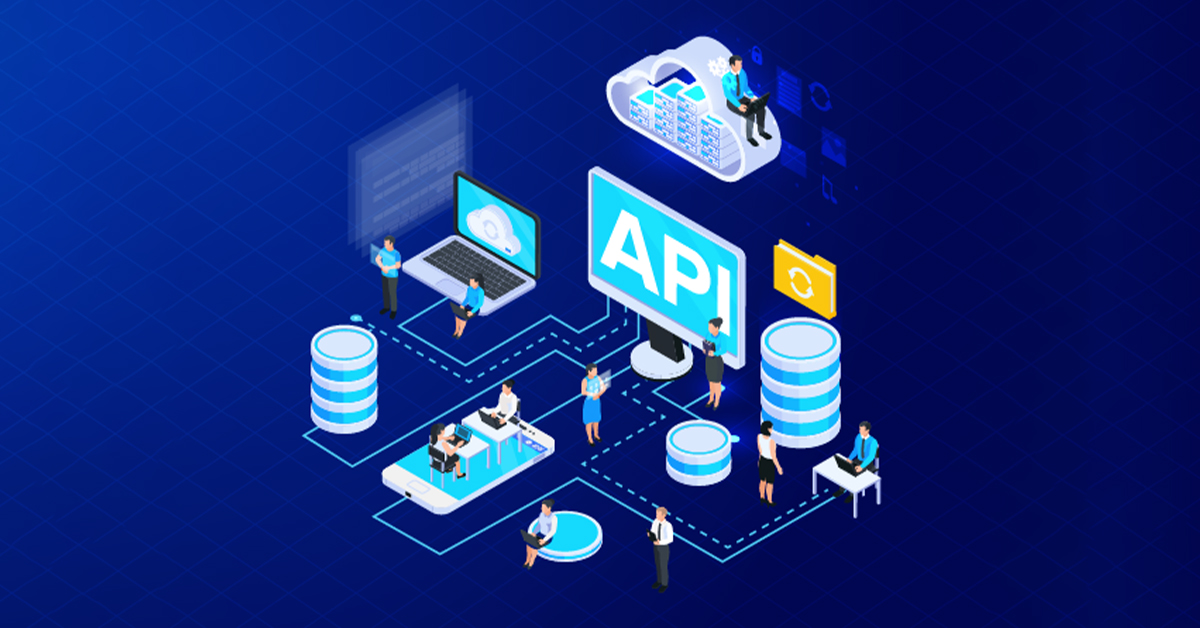Advanced API Development Roadmap For Developers 2025

Strong 8k brings an ultra-HD IPTV experience to your living room and your pocket.
APIs (Application Programming Interfaces) are the building blocks of the modern digital world. They enable different software systems to communicate, share data, and work together seamlessly. In 2024, API development continues to be at the forefront of creating powerful and scalable applications. But how do you navigate the world of API development, and what skills should you focus on to stay ahead of the curve?
API Design Best Practices: Key principles to follow when building APIs.
Choosing the Right API Style: REST, GraphQL, and more.
Authentication and Security: OAuth, JWT, and securing your API.
Versioning and Documentation: Best practices for maintaining and documenting your APIs.
API Testing Tools: How to ensure your API is bug-free and reliable.
Microservices and API Integration: Creating scalable, efficient systems.
Step 1: Understand the Basics of API Development
Before diving into advanced concepts, it's essential to get a solid understanding of what APIs are and how they work. APIs enable different software components to communicate, typically over the internet. They allow you to expose specific functionalities of your application to other systems or services.
Common API Styles:
REST API:
REST (Representational State Transfer) is the most common architectural style for building APIs.
It uses standard HTTP methods (GET, POST, PUT, DELETE) to interact with resources, making it simple and flexible.
REST APIs typically return data in JSON format, though XML and other formats can also be used.
GraphQL API:
GraphQL allows clients to request only the data they need, making it more efficient for complex queries.
Unlike REST, where the client requests data from multiple endpoints, GraphQL provides a single endpoint to fetch data in a structured way.
It’s a powerful tool, especially for applications with complex data relationships.
JSON API:
JSON API is a specification for building APIs that focus on delivering JSON-formatted responses and defining standard conventions for endpoints, pagination, and sorting.
It ensures consistency and makes it easier to build APIs that are easy to integrate with other systems.
Step 2: Learn API Design Best Practices
API development design is the foundation of a great API. Whether you’re building a public API for third-party developers or a private API for internal use, following best practices ensures your API is usable, scalable, and maintainable.
1. Keep It Simple and Consistent
Clear, Logical Endpoints: Each endpoint should represent a specific resource and use clear verbs (e.g., GET /users, POST /products).
Use HTTP Methods Correctly: Use standard HTTP methods like GET, POST, PUT, and DELETE to indicate the type of operation you want to perform.
Maintain Consistent Naming: Use consistent naming conventions for resources and endpoints. For example, use plural nouns for collections (e.g., /books).
2. Enable API Versioning
API versioning allows you to make changes to your API without breaking existing integrations.
Common methods of versioning:
URI Versioning: /api/v1/users
Header Versioning: Specify version in the request header.
Query Parameter Versioning: /api/users?version=1
3. Implement Pagination and Filtering
Large data sets can overwhelm both the server and the client. Implement pagination (/users?page=2&limit=10) to divide results into manageable chunks.
Allow clients to filter data using query parameters, e.g., /users?status=active.
Learn more: Take Your Business to the Next Level with AI-Powered App
Step 3: Master API Authentication and Authorization
Security is one of the most important aspects of API development. Whether you're dealing with user data, financial information, or other sensitive data, securing your API is crucial.
1. OAuth for API Authentication:
OAuth 2.0 is the industry-standard protocol for authorization. It allows third-party applications to access resources on behalf of the user without needing to share their credentials.
OAuth works by issuing access tokens, which can be used to authenticate API requests.
2. JSON Web Tokens (JWT):
JWT is often used with OAuth to ensure secure data transmission between client and server.
JWTs are compact, URL-safe tokens that help authenticate users and verify their identity.
3. API Keys:
API keys are a simple way to authenticate and identify API requests. However, they should be used alongside other security measures for added protection.
4. Rate Limiting:
Rate limiting prevents abuse by restricting how many requests a user can make in a given time period. This helps protect your API from DDoS attacks and excessive load.
Step 4: Implement API Documentation
Good documentation is essential for any successful API. Developers need to understand how to use your API, and the easiest way to achieve that is through clear, interactive documentation.
Tools for API Documentation:
OpenAPI Specification:
The OpenAPI Specification (formerly Swagger) is a widely accepted standard for documenting APIs. It allows you to define your API endpoints, parameters, and responses in a machine-readable format.
Tools like Swagger UI allow developers to interact with your API directly through the documentation.
Postman:
Postman is not only a tool for testing APIs but also for generating and sharing API documentation. It’s particularly useful for teams and collaborations.
What to Include in Your Documentation:
Clear Endpoint Descriptions: Include method, parameters, and expected responses.
Error Codes: Document common errors and what they mean.
Authentication Guidelines: Provide detailed instructions on how to authenticate using OAuth or API keys.
Code Examples: Provide code samples in multiple programming languages for each endpoint.
Step 5: Version Your API for Future Updates
APIs evolve over time, and it’s important to ensure that any updates you make don’t break existing integrations. This is where API versioning becomes essential.
Strategies for Versioning:
Major Version Changes: Significant changes that may break compatibility should result in a new major version (e.g., /api/v2/).
Minor Version Changes: For backward-compatible changes, increment the minor version (e.g., /api/v1.1/).
Versioning ensures that you can make improvements to your API without forcing existing users to upgrade immediately.
Step 6: Implement API Testing
Before launching your API, it’s critical to test it thoroughly. API testing ensures that your API works as expected and is free of bugs.
Read more: Unlock New Potential: Transform Your Apps with AI
Types of API Testing:
Unit Testing: Testing individual API endpoints to verify that they return the correct responses.
Integration Testing: Ensures that your API interacts correctly with other systems and APIs.
Load Testing: Ensures your API can handle high traffic and scale appropriately.
Popular API Testing Tools:
Postman: Useful for manual testing and automated tests.
JMeter: Ideal for load testing and performance evaluation.
Newman: Postman’s command-line tool for running automated tests in CI/CD pipelines.
Step 7: Learn About Microservices Architecture
As your API grows, you may decide to adopt a microservices architecture. This architectural style breaks down an application into smaller, self-contained services that communicate with each other over APIs.
Benefits of Microservices:
Scalability: Each service can be scaled independently.
Fault Isolation: If one service fails, it doesn’t take down the entire system.
Flexibility: Different teams can work on different services independently, allowing for faster mobile web app development .
Conclusion:
Mastering API development in 2024 means embracing best practices in design, security, documentation, and testing. With a solid understanding of REST, GraphQL, OAuth, and API versioning, you’ll be equipped to create APIs that are scalable, secure, and easy to integrate.
Website: https://digixvalley.com/
Email: [email protected]
Phone Number: +1205–860–7612
Address: Frisco,Salt Lake City, UT
Note: IndiBlogHub features both user-submitted and editorial content. We do not verify third-party contributions. Read our Disclaimer and Privacy Policyfor details.


